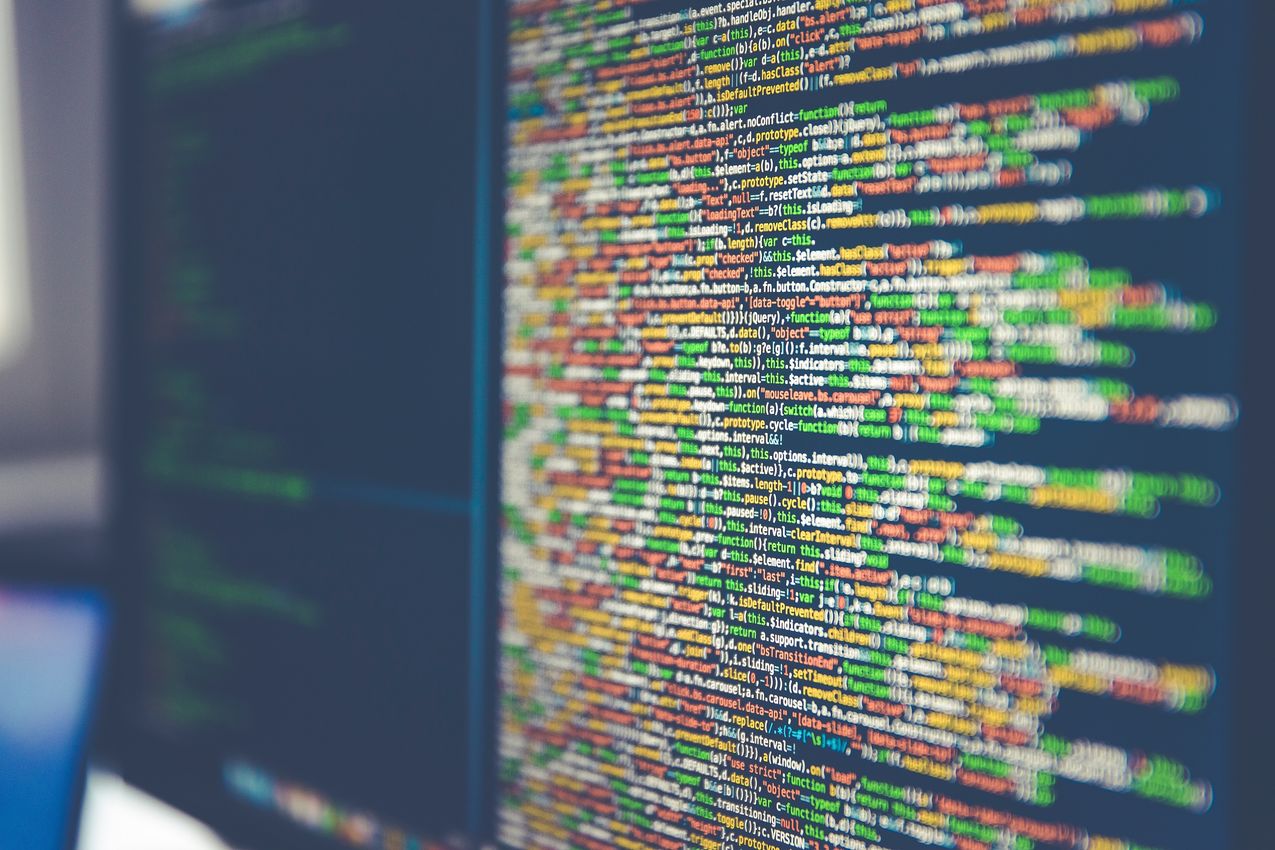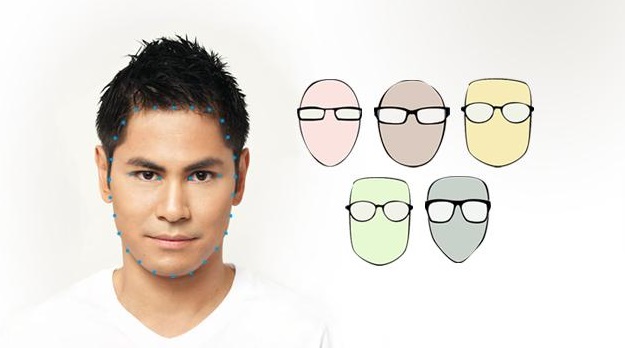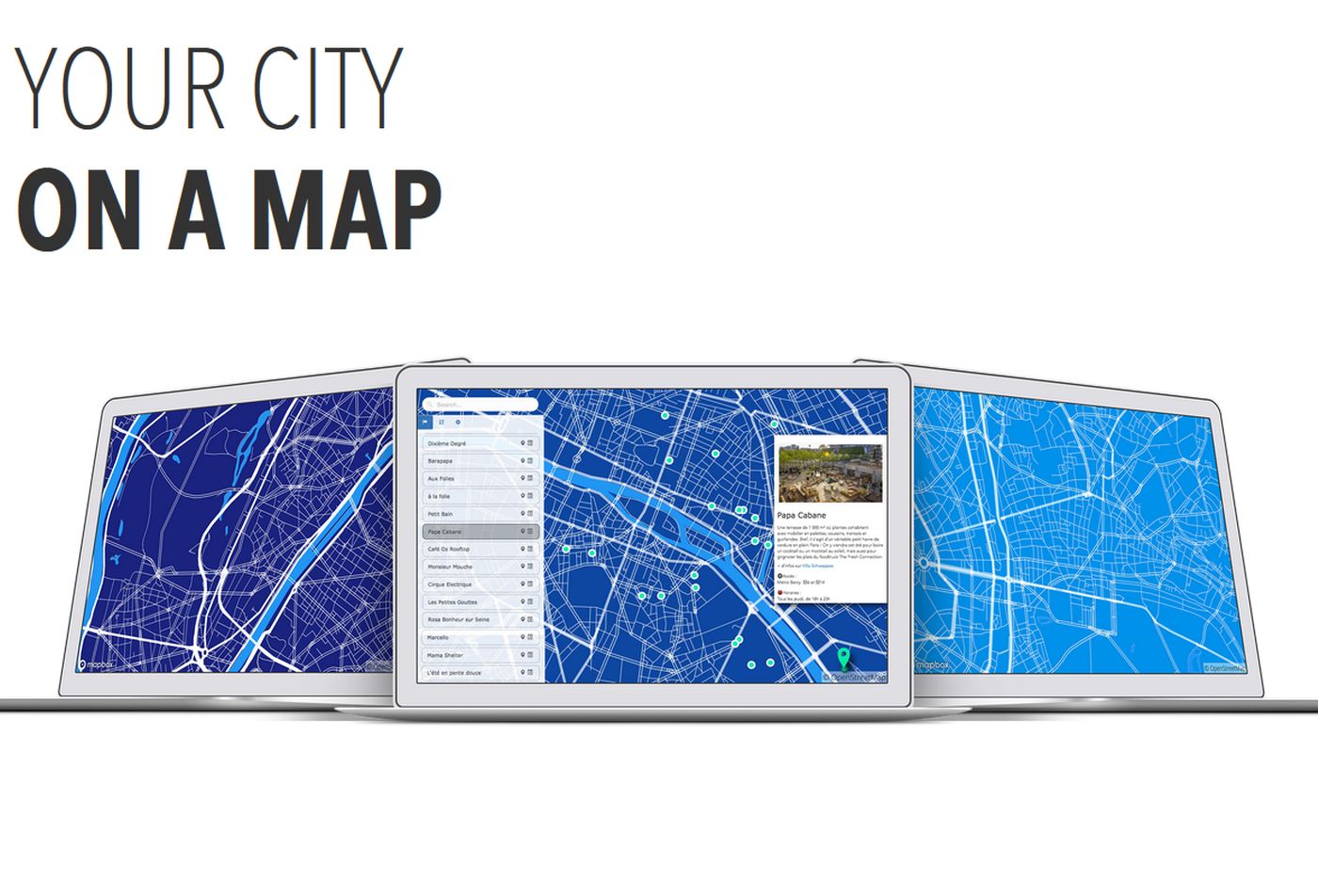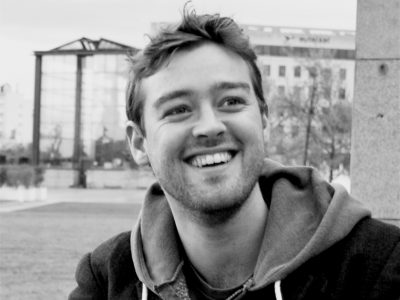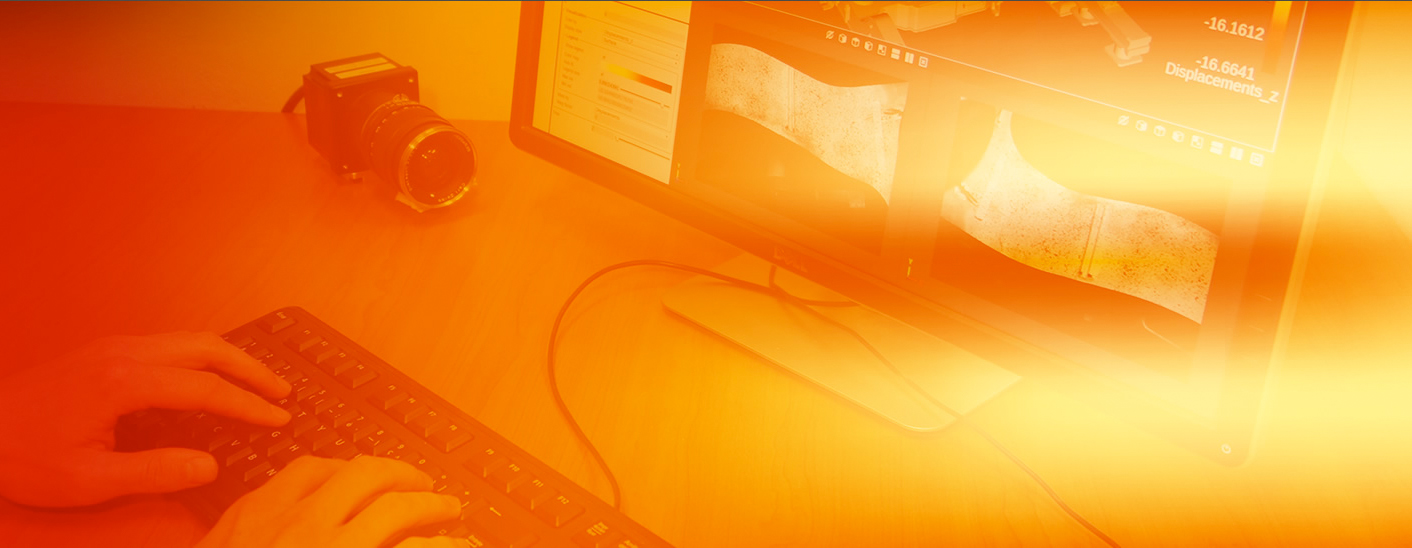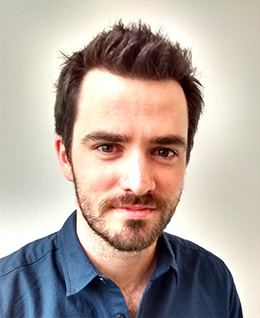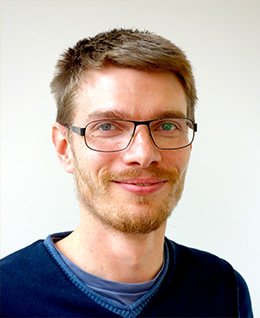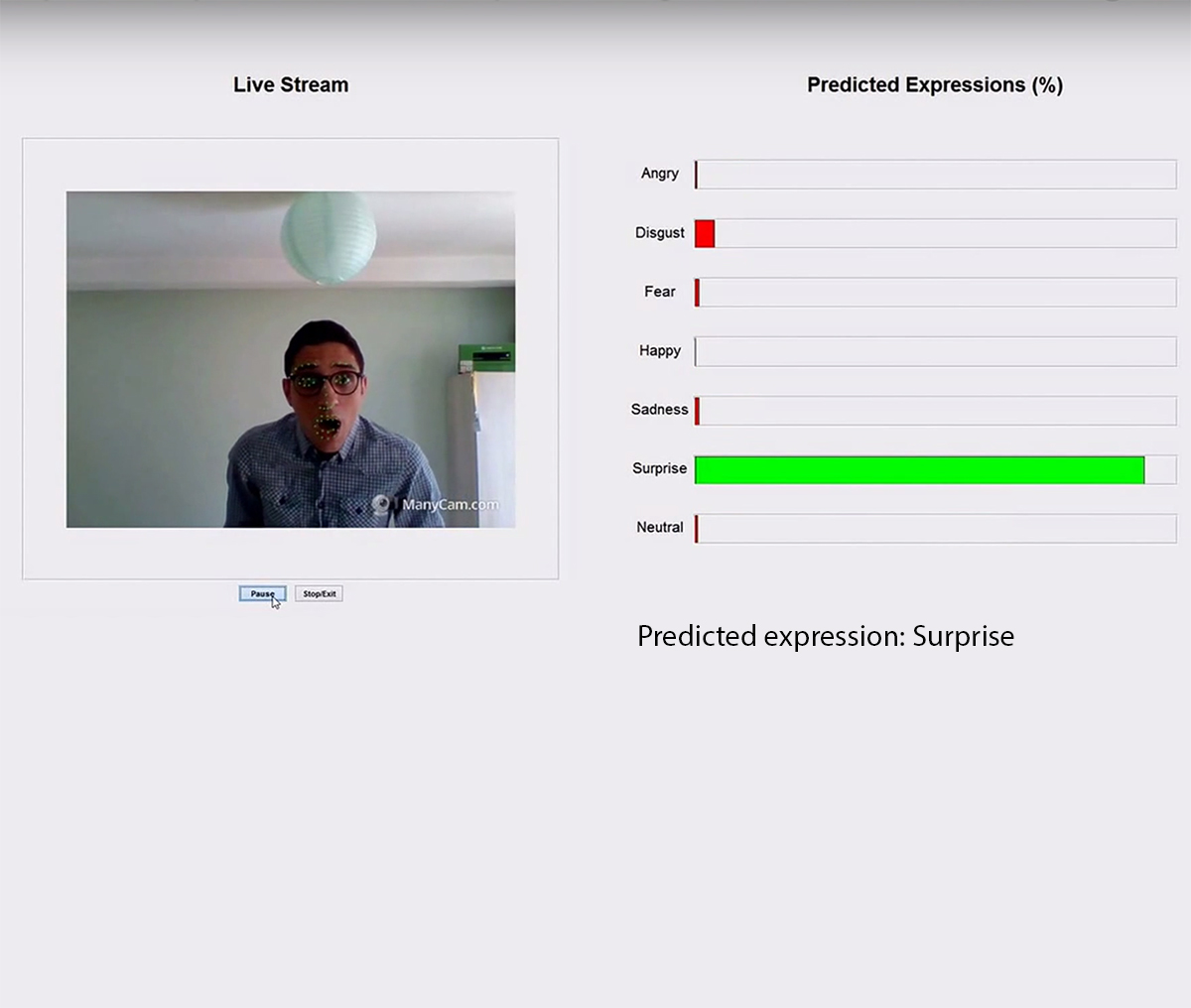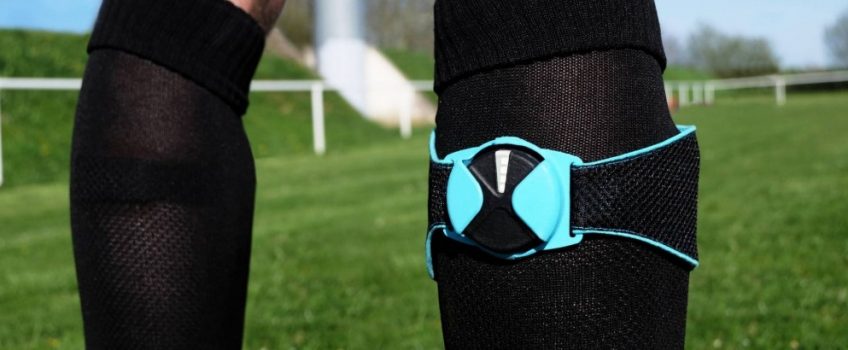Software: A key to the industry of the future
On January 30 and 31, 2018 in Nantes, the aLIFE symposium focused on the software industry’s contribution to the industry of the future. It was being organized by IMT Atlantique, and aimed to bring together manufacturers and researchers in order to target shared problems, and respond to national and European calls for projects in the future: cloud manufacturing, data protection, smart factories, etc. Hélène Coullon, Guillaume Massonnet and Hugo Bruneliere, researchers at IMT Atlantique and co-organizers of the symposium, answered our questions about this event and the issues surrounding the industry of the future.
What were the objectives of the aLIFE symposium?
Hélène Coullon – The objective of this symposium were to hold a meeting bringing together researchers from IMT Atlantique, other academic players such as the Technical University of Munich or Polytechnique Montreal, and manufacturers like Dassault Systems and Airbus, to focus on the theme of the industry of the future, and more specifically on the contribution of the software industry to the industry of the future.
Guillaume Massonnet – We were also seeking to adopt a coherent and constructive approach to connecting the research we are conducting with the needs of industry, and to determine which challenges we should respond to today. Finally, we wanted to form a consortium of stakeholders from the industrial and academic worlds to respond to European and national calls for projects.
What themes have been addressed?
HC – The main themes included smart factories, cloud manufacturing, which is related to cloud computing, the modeling of processes, resources and data (physical and software), and the related optimization issues.
Hugo Bruneliere – On the one hand, we are inspired by software approaches that can be applied to the context of industrial systems, which include a significant physical aspect, and on the other hand, there is the question of how to position and use the software within these new industrial processes. These two aspects are complementary, but they can be addressed independently. This is a relatively new area. A great deal of research has been carried out on the topic, and initiatives are beginning to emerge, but there is still much work to do.
What is cloud manufacturing?
HC – Cloud computing allows IT resources to be rented “on demand”, for example: processors, data storage, software resources, etc. Cloud manufacturing is the application of cloud computing concepts aimed at transferring IT resources to industrial resources. In other words, cloud manufacturing makes it possible to move towards “on-demand” production.
For example, we can imagine a user making a production request using an online platform. Via the cloud, this platform would distribute the tasks to be performed using different means of production, located in different geographical places.
What can cloud manufacturing offer manufacturers?
HB – It allows them to render their production units more profitable. Large companies have machines they have invested in, and they want to operate them as much as possible to make them profitable. If they do not use them continuously, they can make the unused production capabilities available to startups that do not have the means to invest in these machines. This allows large companies to have a better return on investment and prevents smaller companies from having to invest in expensive equipment.
We can also imagine a new way of producing for individuals, no longer by mass, but on demand, with the possibility of greater product customization.
How can this software contribute to data security?
HC -Industrial data is sensitive by definition. Of course, in the context of the industry of the future, with distributed production, the data will travel through external networks and be stored on remote servers. They will therefore potentially be exposed to attacks. We must secure the entire path taken by the data by using cryptography, for example, among many other techniques.
What are smart factories?
GM – A smart factory is an industry in which the various means of production are automated, intelligent, and able to communicate with each other. This raises issues related to the size of the data flow: issues of big data. We must therefore take this information into account to integrate it into the production decisions and their optimization.
The new modes of production break with traditional practices, in which production chains were dedicated to specific, mass-produced products. Today, new machines have become reconfigurable, and the same production lines are used for several types of products. Therefore, there is a move towards an industry that increasingly seeks to customize its production.
And these changes will take place through the development of specific software architectures?
HB – Through the aLIFE symposium, we wish to show that the contribution of software is necessary in responding to the problems facing the industry of the future. We have significant experience in software in our laboratory, and we intend to build on this expertise to show that we can provide the industry with solutions.

